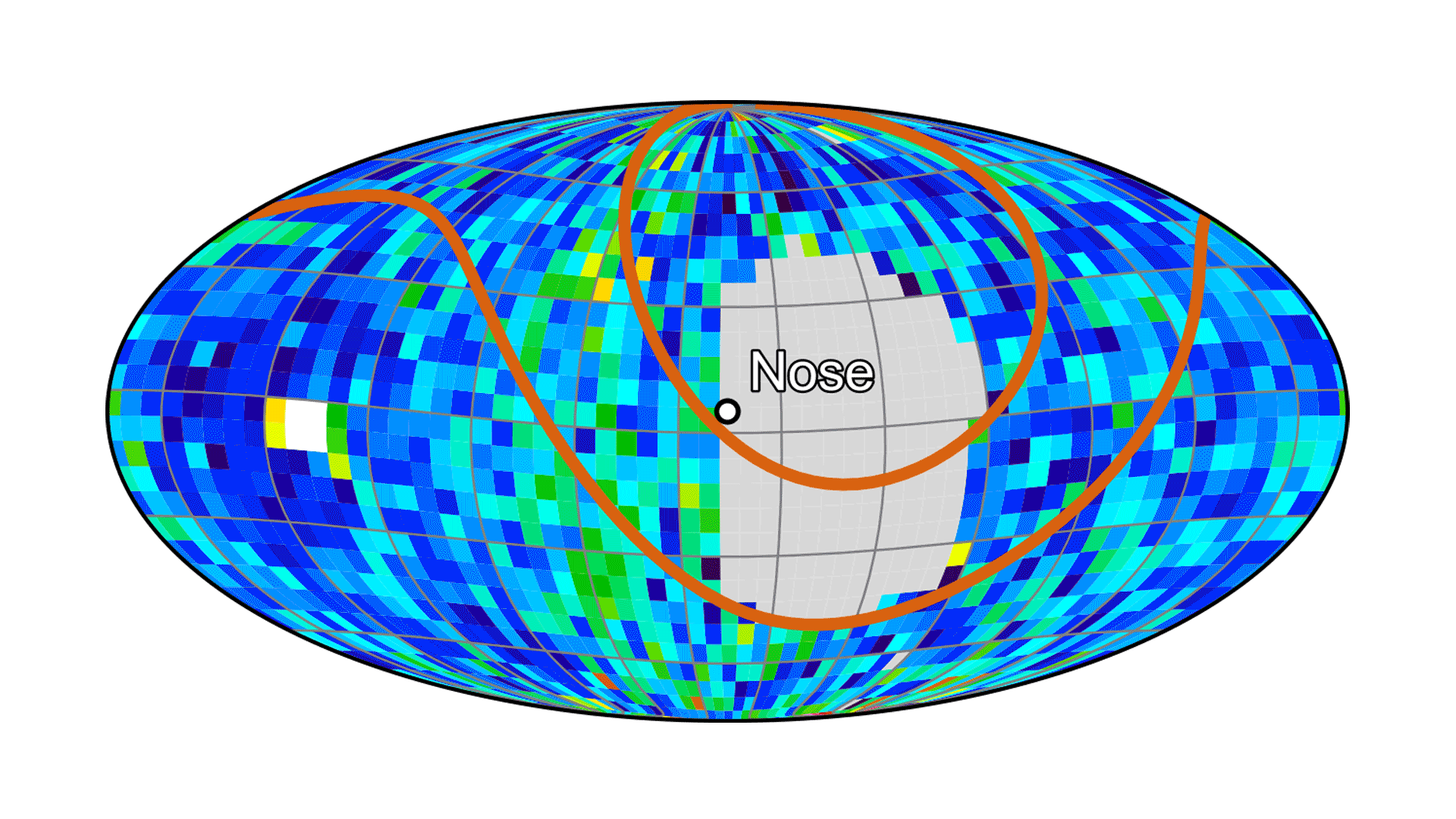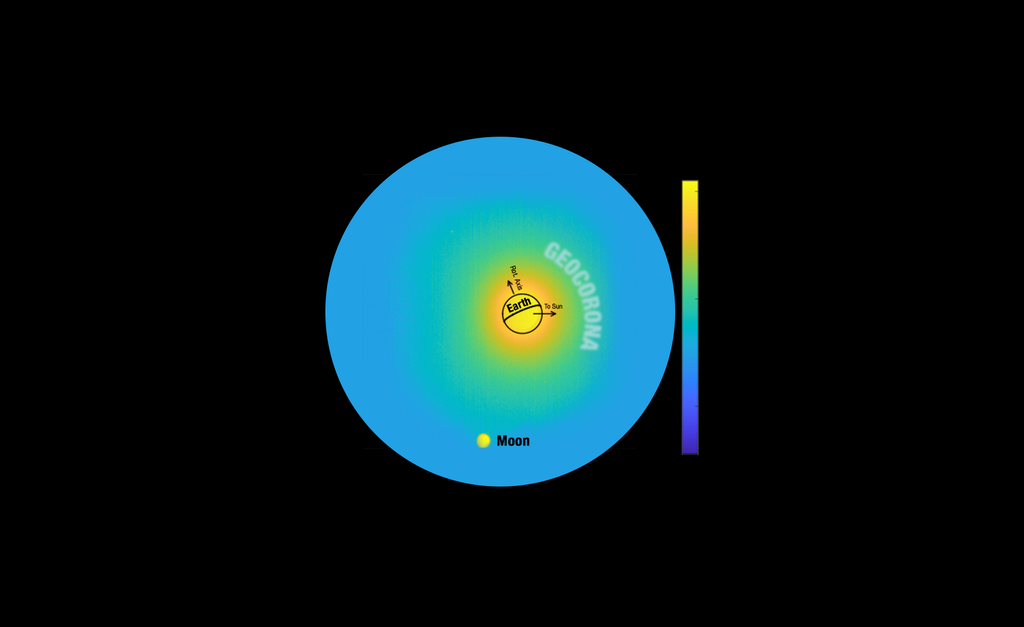EG-0102-01
By the late 1930s, it was clear that traditional straight wings and relatively thick airfoils were not suitable for flight approaching the speed of sound. As a result, new swept-back wing shapes were proposed to reduced high drag and other problems which appeared at transonic speeds.
One of these new shapes was developed by a German scientist, Alexander M. Lippisch. He proposed a triangular delta wing, so named because it resembled the Greek letter delta. This shape had a number of advantages. A delta wing combined a sharp angle which reduced drag, with a large surface area that increased lift. The wing could be built very thin, but was still very strong. During World War II, Lippisch built a delta wing glider to test the shape’s low-speed characteristics.
As the Allied armies advanced into Germany in the spring of 1945, reports about delta wing research were confiscated. Both Lippisch and his glider fell into Allied hands at the end of the war. The NACA wind tunnel research independently confirmed the potential of a delta wing at high speeds. Engineers at Consolidated-Vultee, who were designing the XF-92 interceptor, were interested in the delta wing. Conferences with Lippisch convinced them that a delta wing would work…Learn more


























